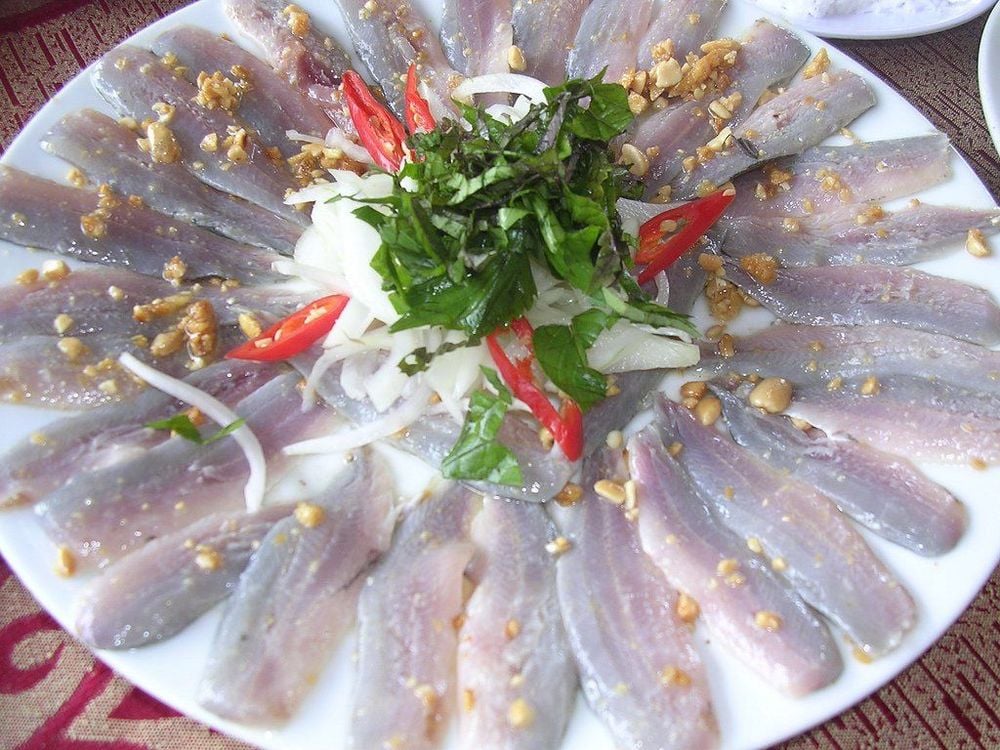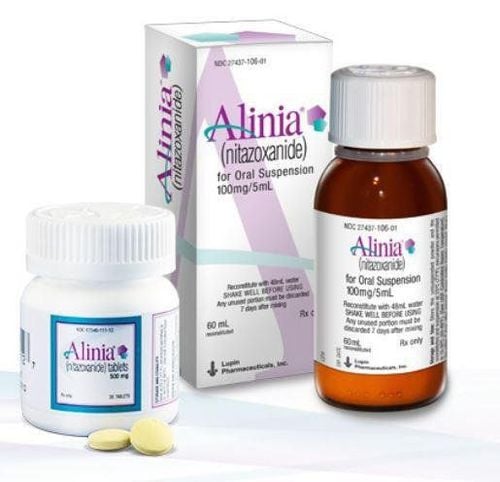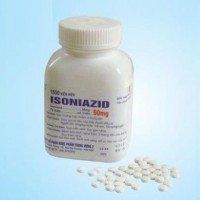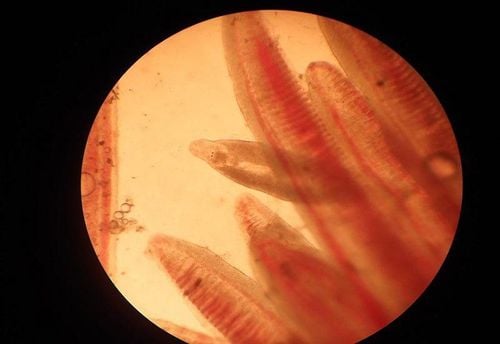This is an automatically translated article.
Small liver fluke is a very common disease in our country, especially in some localities, the incidence of fascioliasis accounts for 30% of the population. Small liver fluke disease, if not detected early and treated promptly, will seriously affect the patient's health.
1. Causes of small liver fluke disease
Small liver fluke disease is caused by the fluke Clonorchis sinensis or Opisthorchis viverrini. It is called a small liver fluke because when it is an adult, the length of the fluke is only 10-20 mm, the width is 2-4mm, this size is much smaller than the large liver fluke. Small liver fluke eggs to survive and develop need an aquatic environment, the eggs will spoil if on land or when the sun's temperature is too high.
Small liver fluke is a microorganism with a complex growth cycle. In humans, adult flukes parasitize in the biliary tract, lay eggs, and small liver fluke eggs will follow the bile to the intestines and with feces out into the environment. If feces fall into the aquatic environment, the eggs will develop into hairy larvae. These hairy larvae will move freely in the water and find their residence in snails. In the snail's body, the hairy larvae will develop into tail larvae. The tail larvae will then leave the snail and settle in freshwater fish, developing into larval cysts in the fish's body.
Trắc nghiệm: Làm thế nào để bảo vệ lá gan khỏe mạnh?
Làm test trắc nghiệm kiểm tra hiểu biết về gan có thể giúp bạn nhận thức rõ vai trò quan trọng của gan, từ đó có các biện pháp bảo vệ gan để phòng ngừa bệnh tật.Small liver fluke disease often occurs in people who used to eat fish salad, undercooked fish or people who live in an area where there is a custom of eating fish salad. When eating undercooked fish containing small liver fluke larvae, after eating, these larvae will enter the stomach, down the duodenum and then follow the biliary tract to the liver, developing into adult liver flukes and parasites. biliary tract disease. The time from when the larvae invade the body until the adult flukes cause symptoms is about 3-4 weeks.

Ăn gỏi cá có thể là nguyên nhân gây bệnh sán lá nhỏ ở gan
2. Symptoms of small fluke disease in the liver
Small liver fluke is a very common disease in our country. According to an investigation by the National Institute of Malaria - Parasitology - Entomology, fascioliasis circulates in at least 32 provinces and cities nationwide. In which, the highest incidence rates are in the provinces of Nam Dinh, Hoa Binh, Ninh Binh, Hanoi, Thanh Hoa, Phu Yen, and Binh Dinh. Some communes and districts in these provinces have a prevalence of up to 30% of the population. The common feature of these localities is that there is a custom of eating fish salad, the highest age group with the disease is 30 - 50 years old, accounting for 50.2 - 51.6%. The prevalence of the disease is 3 times higher in males than in females.
When suffering from small fluke disease in the liver, the patient will have symptoms such as: pain in the liver area, loss of appetite, digestive disorders, indigestion, body rash, rash, possibly darkening of the skin, jaundice , accompanied by anemia .
When testing detects small liver fluke eggs in stool or gastric juice. Ultrasonography shows an enhanced liver image, there may be signs of hepatomegaly or cirrhosis depending on the severity of the disease, dilated bile ducts, thick bile duct wall and gallbladder wall.
Small liver fluke disease seriously affects the health of the patient. Small liver fluke when parasitic in the body will cause:
Abdominal pain, digestive disorders, anemia, irritation and inflammation of the bile ducts, biliary abscess. Diffuse fibrosis in the portal space, liver tissue proliferation, fatty degeneration, liver abscess, possibly ascites Gallstones, especially can cause cholangiocarcinoma cholangiocarcinoma.

Người bệnh xuất hiện đau bụng
3. Treatment of small liver fluke disease
When you have symptoms of the disease, especially when you have a history of eating fish salad or dishes from fish that have not been fully cooked, the patient should go to a medical facility that specializes in parasitology to examined and diagnosed. Early treatment is often favorable, liver fluke disease often responds well to treatment drugs.
The drug used to treat small liver flukes is Praziquantel. Praziquantel is a broad-spectrum anthelmintic, which is effective against liver flukes, schistosomiasis and many tapeworms. After the drug is absorbed into the body, Praziquantel is rapidly absorbed by the fluke and increases the permeability of the fluke cell membrane, leading to loss of intracellular calcium, rapid contraction and paralysis of the musculature of the fluke. When exposed to Praziquantel, the skin of the adult fluke's neck appears vesicles, which then burst and decompose.
Dosage of Praziquantel to treat small liver fluke in adults and children is 75mg/kg/day, divided into 3 times, two consecutive oral doses 4-6 hours apart. Can be treated for 1-2 days if the infection is severe and must be monitored at the treatment facility. For mild and moderate liver fluke infections, a dose of Praziquantel 40mg/kg/24 hours can be used as a single oral dose. The drug is taken after a full meal, abstain from alcohol and stimulants while taking the drug. For women who are breastfeeding, do not breast-feed after 72 hours of taking the drug. After taking the drug, the patient should take time to rest, do not go far, do not do heavy work after 24 hours because the drug may cause dizziness and drowsiness. Use caution in patients with a history of seizures.

Người bệnh cần sử dụng thuốc theo sự hướng dẫn của bác sĩ
Praziquantel is contraindicated for people with acute illness, fever >38.5 degrees Celsius, pregnant women in the first 3 months, patients with liver failure, a history of allergy to the drug's ingredients, people who are suffering from asthma. certain chronic diseases such as heart failure, kidney failure, or mental illness.
To prevent the risk of small liver fluke disease, it is recommended to eat cooked and drink boiled. Do not eat fish salad and dishes from undercooked fish. Absolutely do not use human feces to raise fish, do not defecate into water sources. If you live in communities with a high incidence of fascioliasis, you should participate in a course of fascioliasis removal organized by local health authorities.
Customers who want to examine and treat small liver fluke disease at Vinmec can directly go to Vinmec Health System nationwide or contact to book an online appointment HERE.
SEE ALSO:
Liver fluke disease: Causes, symptoms and ways to prevent Liver fluke disease cured after only 3 days of treatment at Vinmec Central Park International Hospital How to recognize a helminth infection Recommended video :
First time in Vietnam: Stem cell transplant to cure cirrhosis at Vinmec












